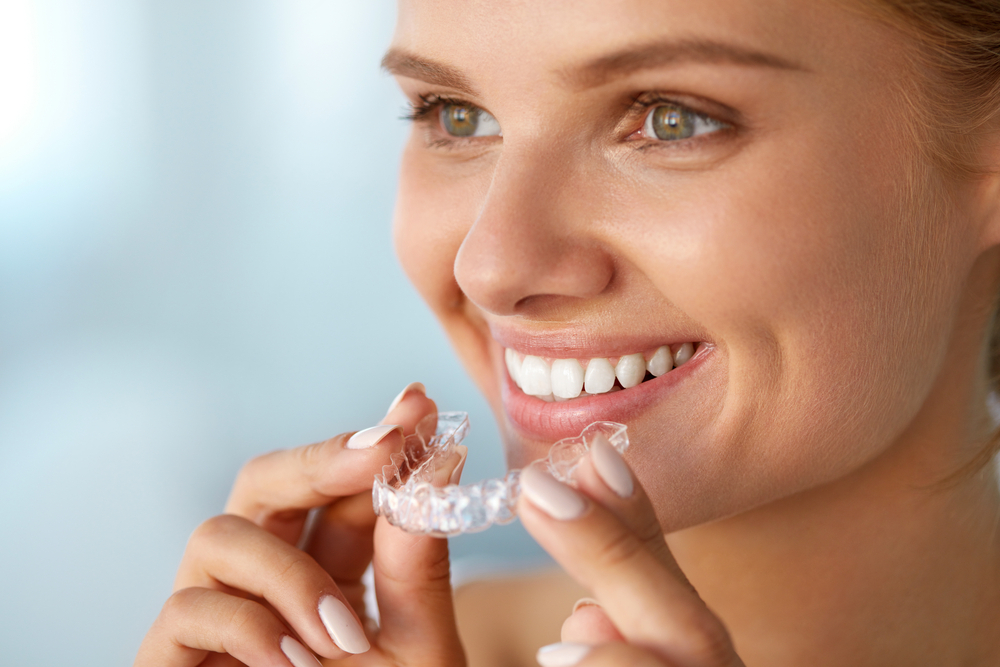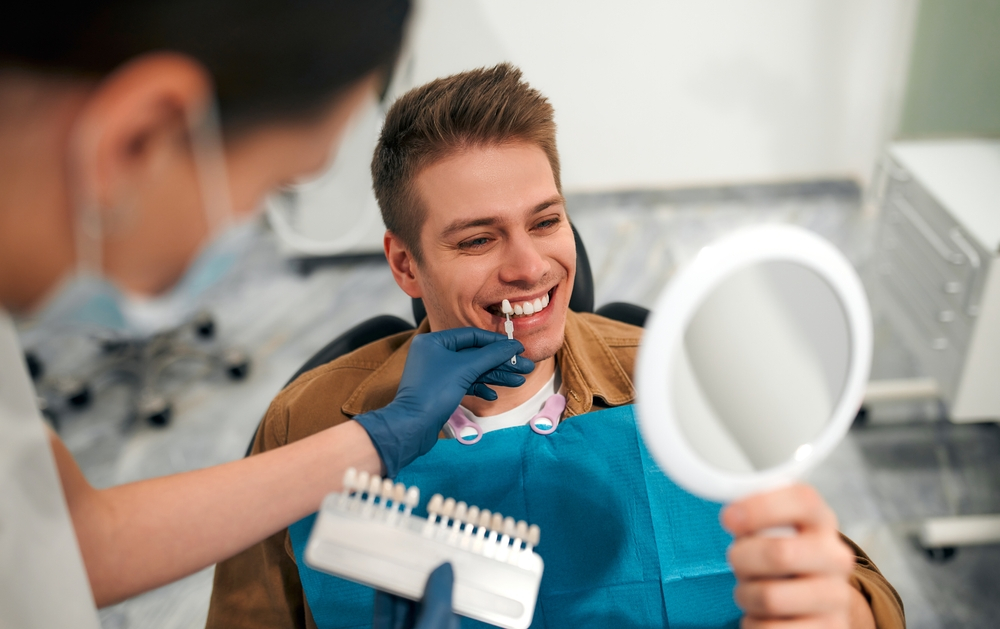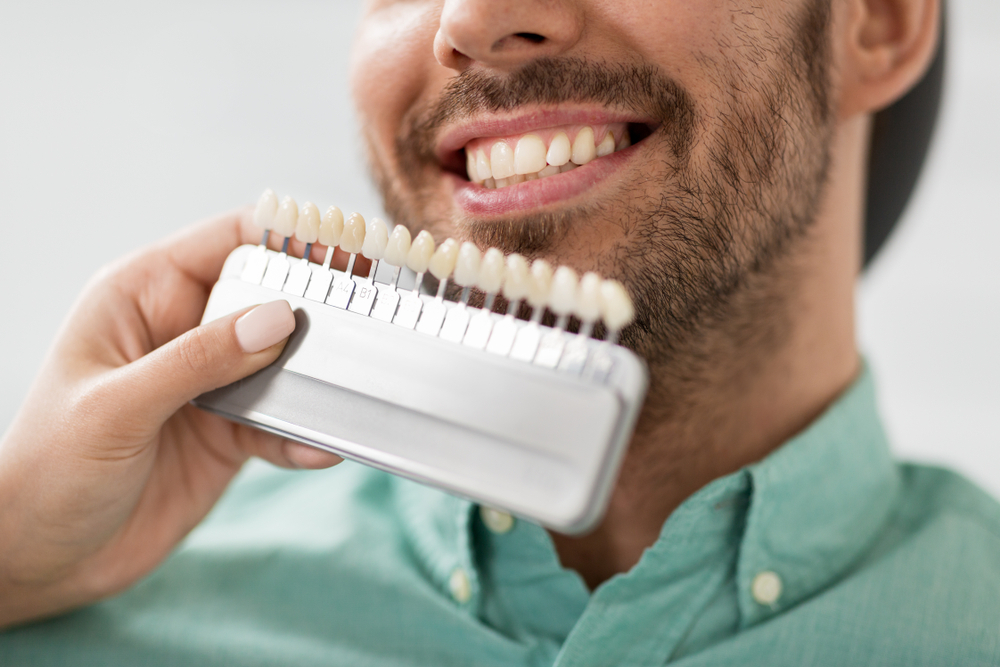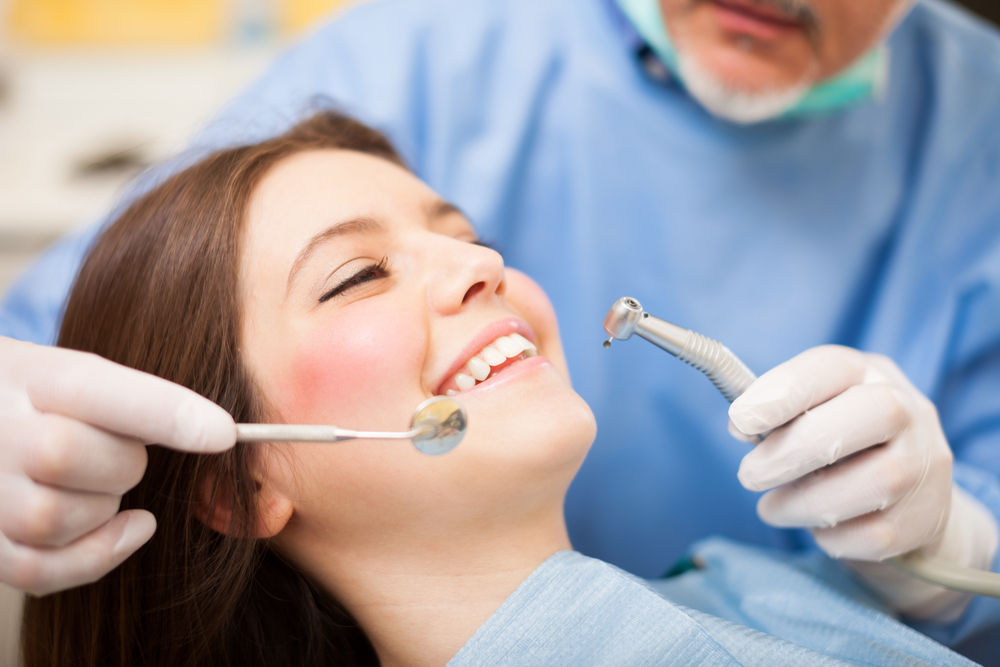Feel the joy of flashing a confident smile, free from the self-consciousness of misaligned teeth. Picture yourself biting into a crisp apple without discomfort, or embracing social interactions without worrying about your smile’s appearance. The journey to a straighter smile is not just about aesthetics; it’s about reclaiming your confidence, enhancing your oral health, and embarking on a happier, more fulfilling life.
Traditional braces, the time-honoured method of tooth alignment, have stood the test of time for a reason. These trusty metal brackets and wires work their magic gradually, gently coaxing your teeth into their proper positions. While they require regular adjustments, traditional braces offer a proven track record of effectiveness and long-lasting results, making them suitable for a wide range of needs.
Table of Contents
ToggleWhat is a Straighter Smile, and Why is it required?
A straighter smile is a smile with evenly aligned teeth free from overcrowding, gaps, or other misalignment. It is a desirable aesthetic feature that can enhance one’s appearance and boost self-confidence. However, the benefits of straight teeth extend beyond just looks.
What causes misaligned teeth?
There are many causes of misaligned teeth. Some of the most common causes include:
- Genetics: Misaligned teeth can be inherited from parents or grandparents.
- Crowding: Crowding occurs when there is not enough room in the jaw for all the teeth. This can cause teeth to overlap or become twisted.
- Spacing: Spacing occurs when there is too much space between the teeth. This can cause teeth to appear gapped or spaced apart.
- Trauma: Trauma to the mouth, such as a fall or an accident, can also cause misaligned teeth.
What is teeth straightening?
Teeth straightening, also known as orthodontics, is the process of correcting misaligned teeth and jaws. It involves using techniques, such as braces, clear aligners, or retainers, to gradually move teeth into their proper positions.
There are several methods of teeth straightening, including:
- Braces: Braces are the most common method of teeth straightening. They consist of brackets glued to the teeth and connected by wires. The wires are tightened over time to gradually move the teeth into their proper positions.
- Clear aligners: Clear aligners are a newer method of teeth straightening that is becoming increasingly popular. They are made of clear plastic and are removable. Clear aligners work by gradually moving the teeth into their proper positions over time.
- Retainers: Retainers are used to maintain the results of teeth straightening. They are typically worn at night and/or for a few hours during the day.
What are the benefits of teeth straightening?
Beyond the aesthetic appeal of a straighter smile, teeth straightening offers numerous health benefits, including:
- Straight Teeth are Linked to Better Digestion: Proper chewing is essential for breaking down food into smaller particles that can be easily digested and absorbed by the body. Misaligned teeth can hinder this process, leading to incomplete digestion and potential nutrient deficiencies. Straighter teeth allow for more efficient chewing, ensuring that your digestive system receives the optimal preparation for nutrient absorption.
- Easier to Keep Your Teeth Clean and Healthy: Misaligned teeth can create awkward angles, gaps, and crevices that are difficult to reach with a toothbrush or floss. These hard-to-clean areas can harbour plaque and bacteria, increasing the risk of tooth decay, gum disease, and bad breath. Straighter teeth provide a smoother, more uniform surface, making it easier to maintain proper oral hygiene and prevent dental problems.
- Improved and Clearer Speech: The position of your teeth can influence your speech articulation. Misaligned teeth can interfere with the airflow and tongue movements involved in producing certain sounds, leading to lisps, slurs, or other speech impediments. Teeth straightening can improve the alignment of your teeth and tongue, allowing for clearer, more pronounced speech.
- Lower Neck and Head Pain: The temporomandibular joints (TMJs) connect the jawbone to the skull. Misaligned teeth can put a strain on these joints, leading to painful clicking or popping sounds when opening or closing the mouth. Teeth straightening can alleviate TMJ pain and improve jaw function, reducing discomfort and headaches.
- Increased Self-Confidence: A straighter smile can boost self-confidence and enhance social engagement. Feeling confident about your smile can increase self-esteem, improve interpersonal relationships, and a greater sense of well-being. Teeth straightening can empower you to smile freely without feeling self-conscious, positively impacting your personal and professional life.
What Are My Options For Straightening My Teeth?
A straighter smile can significantly enhance your appearance, confidence, and overall oral health. With the advancements in orthodontics, there are now numerous options for straightening teeth, each with unique advantages and considerations. There are several methods of teeth straightening, including:
- Braces: Braces are the most common method of teeth straightening. They consist of brackets glued to the teeth and connected by wires. The wires are tightened over time to gradually move the teeth into their proper positions.
- Clear aligners: Clear aligners are a newer method of teeth straightening that is becoming increasingly popular. They are made of clear plastic and are removable. Clear aligners work by gradually moving the teeth into their proper positions over time.
- Retainers: Retainers are used to maintain the results of teeth straightening. They are typically worn at night and/or for a few hours during the day.
Can Teeth Be Straightened At Any Age? What Is The Right Age For Teeth Straightening?
Yes, teeth can be straightened at any age, provided you have healthy teeth and gums. In fact, adult orthodontics is becoming increasingly popular, with about one in five orthodontic patients being adults.
The right age for teeth straightening depends on several factors, including:
- The severity of your misalignment: If your misalignment is mild, you may be able to get it treated as early as age 7 or 8. However, if your misalignment is more severe, you may need to wait until your jawbones have finished growing, which is typically around age 12 or 13.
- Your overall oral health: If you have healthy teeth and gums, you are a good candidate for teeth straightening at any age. However, if you have periodontal disease or other dental problems, you may need to have these treated first before you can start orthodontic treatment.
- Your lifestyle: If you are a busy adult with a demanding schedule, you may want to consider invisible braces or clear aligners, which are removable and can be worn at night or while you are not in public.
Consult Your Dentist
Take the first step towards a straighter, healthier, and more confident smile by consulting your dentist. They will assess your unique needs and recommend the most suitable treatment option for you. Together, you can embark on a transformative journey that will enhance your appearance, boost your confidence, and promote overall well-being.
Remember, a straighter smile is not just about changing your teeth; it’s about transforming your life. So, what are you waiting for? Embrace the opportunity to smile confidently and shine brightly.
FAQs
There are several methods that can help improve your teeth alignment, including:
Orthodontic treatment: Orthodontic appliances, such as braces or clear aligners, can effectively straighten misaligned teeth.
Dental veneers: These thin porcelain shells can be bonded to the front of teeth to mask minor misalignment and enhance the smile’s appearance.
Tooth reshaping: This procedure involves removing a small amount of enamel from the teeth to alter their size and shape for cosmetic improvement.
Accelerated orthodontic treatments can significantly reduce treatment time by up to 50%. These methods work by stimulating bone turnover around the teeth, allowing them to move more quickly with orthodontic treatment.
Both braces and Invisalign work by gradually applying controlled force to move teeth into their proper positions. Braces use brackets and wires attached to the teeth, while Invisalign utilises a series of removable clear trays. Treatment typically lasts for 1–3 years.
Upper canines, also known as eye teeth, are often considered the most challenging teeth to move orthodontically due to their deep roots and complex position in the jawbone. Their movement may require additional adjustments and longer treatment duration.
Studies have shown that people with straight teeth are generally perceived as more attractive, confident, and approachable. Straight teeth contribute to a harmonious facial appearance and convey a sense of well-being. However, attractiveness is subjective and encompasses various factors beyond just teeth alignment.

Dr Luke Cronin
As a graduate of the University of Queensland (2000, 2013) and the University of Sydney (2006), Dr Cronin is one of Australia’s leading cosmetic dentists, specialising in creating stunning new smiles with cutting edge cosmetic dentistry techniques, including clear aligners, whitening and porcelain veneers.
Dr Cronin's work has been showcased in Vogue, Harpers Bazaar and Elle magazine and in 2019 he was awarded Australasian Dentist of the Year by My Face My Body in 2019.
Acknowledged an expert in his field for segments on the Today Show and House of Wellness, Dr Cronin now offers his first-class cosmetic treatments and customer care at smilogy.







